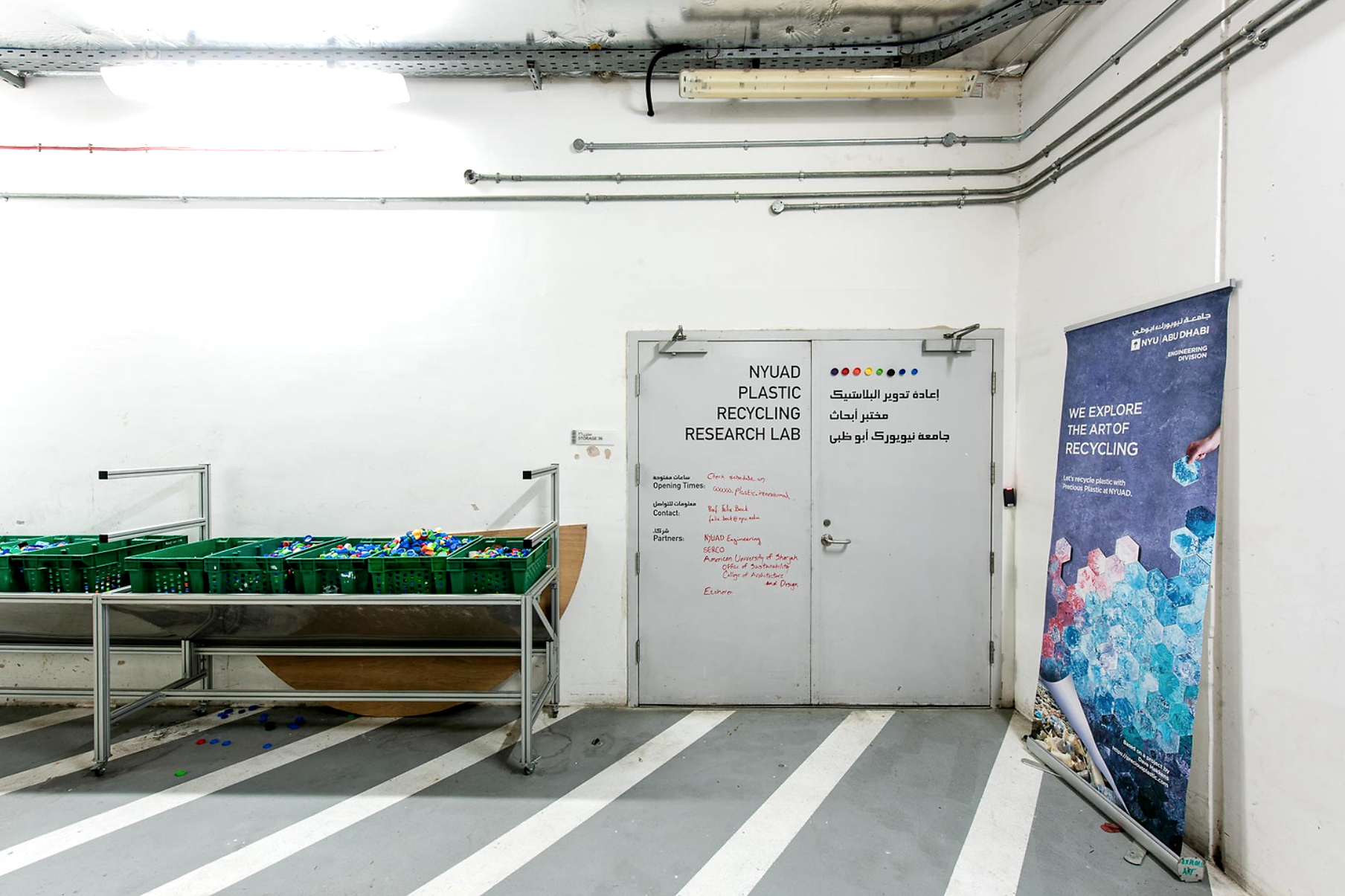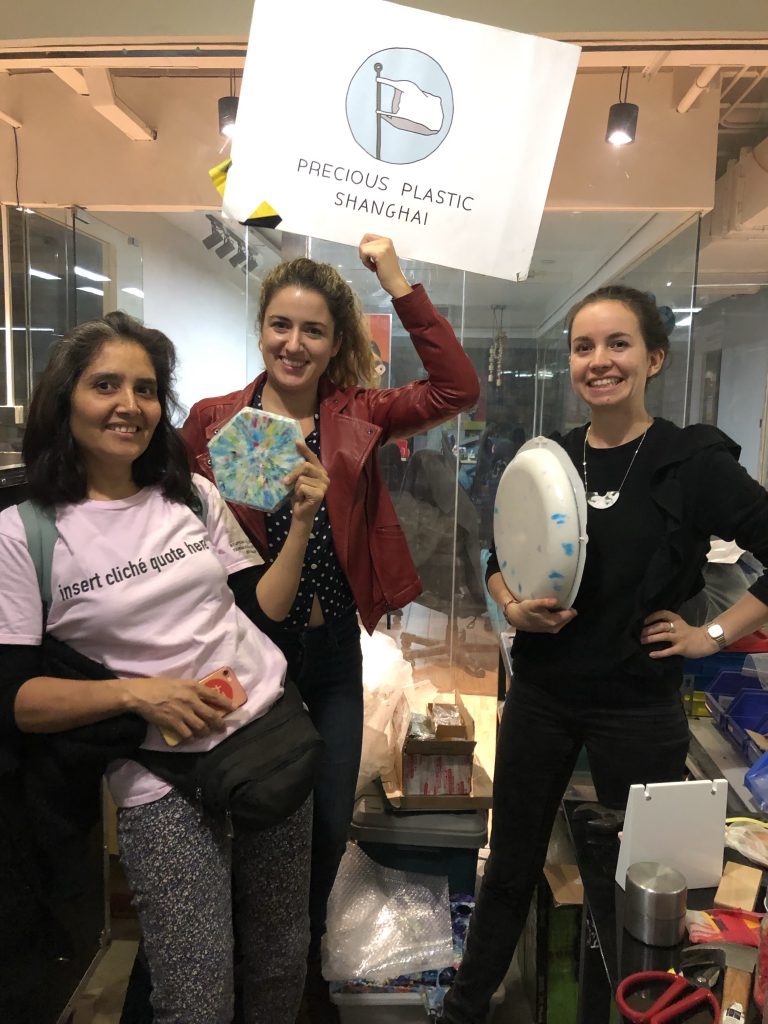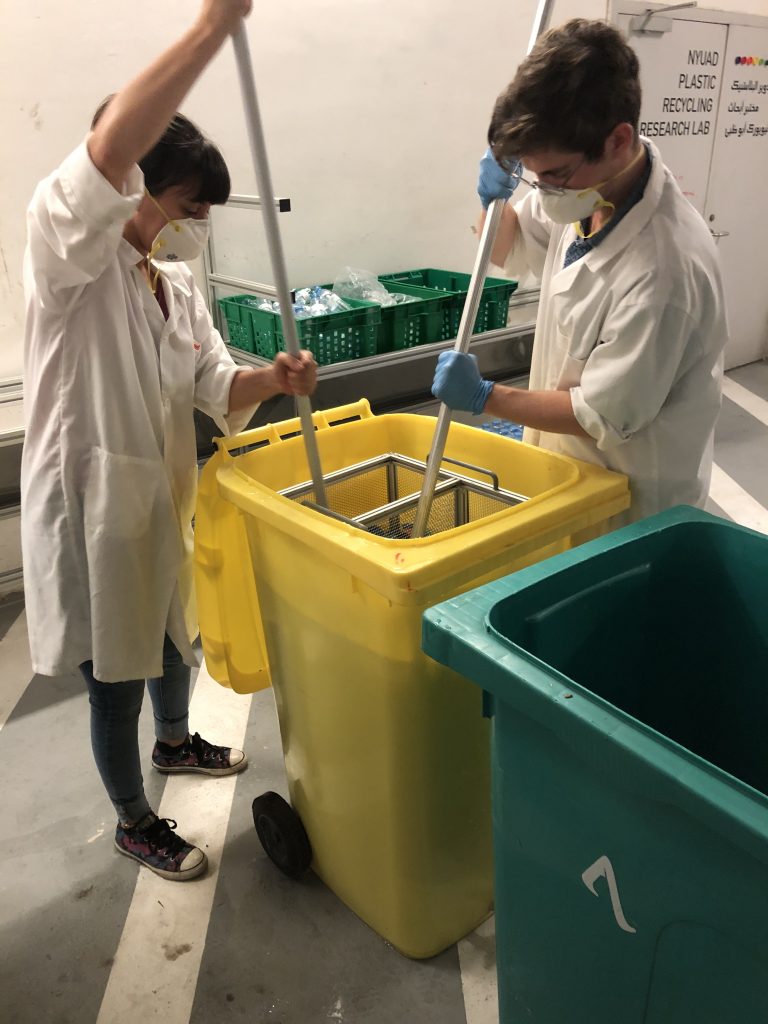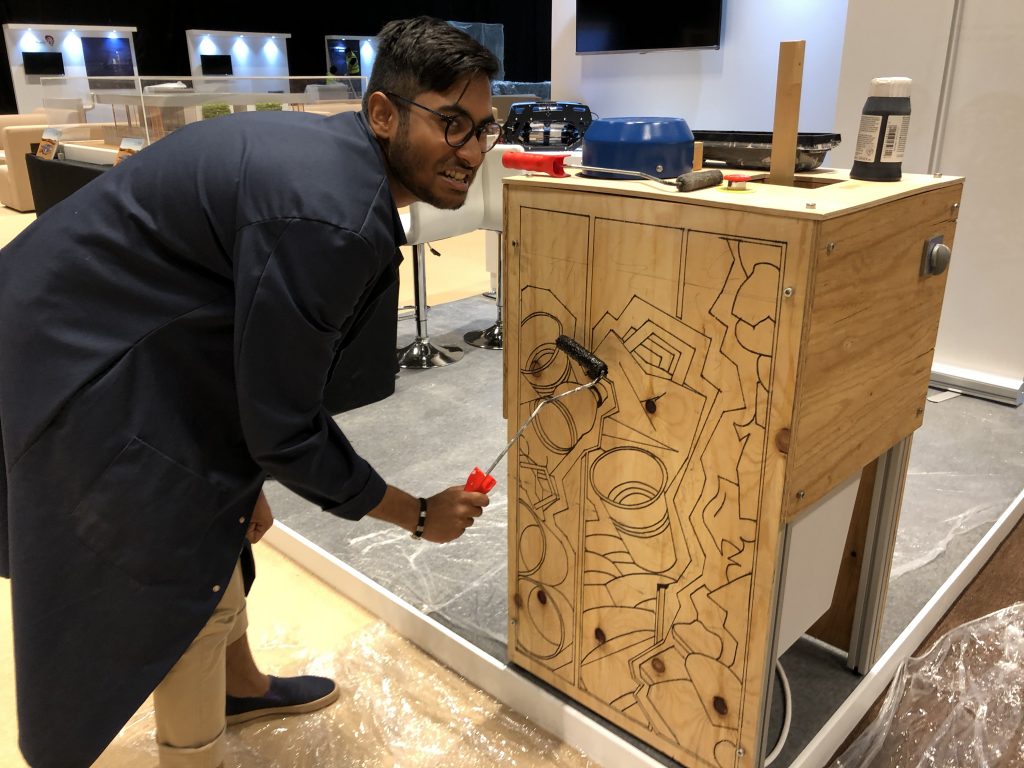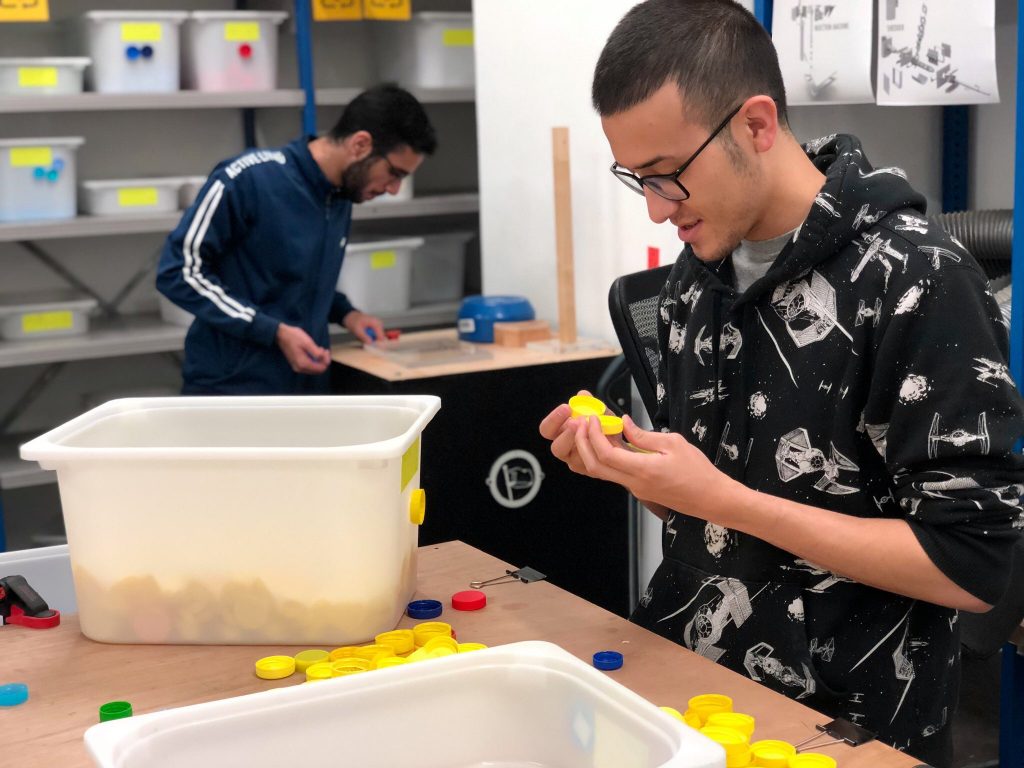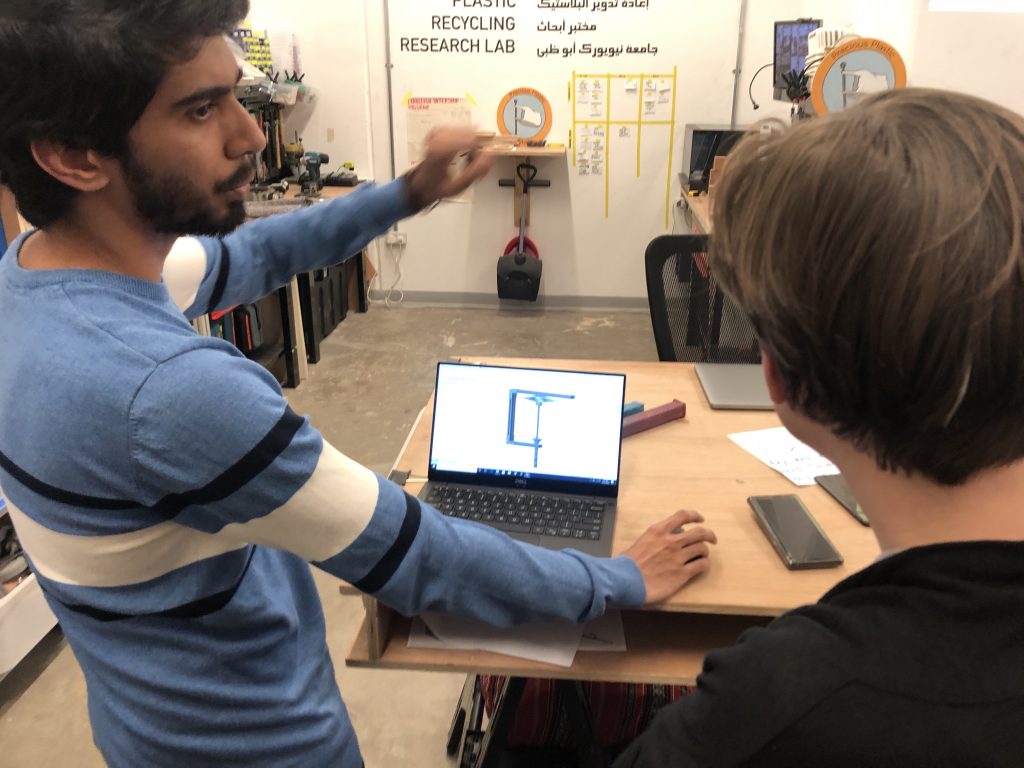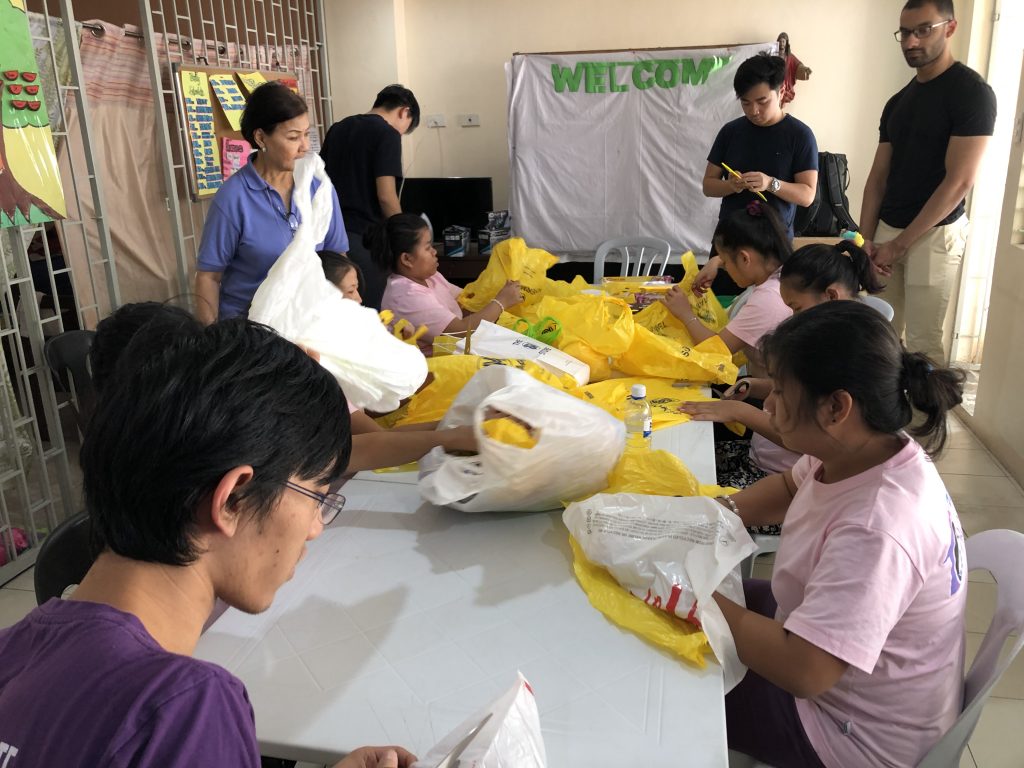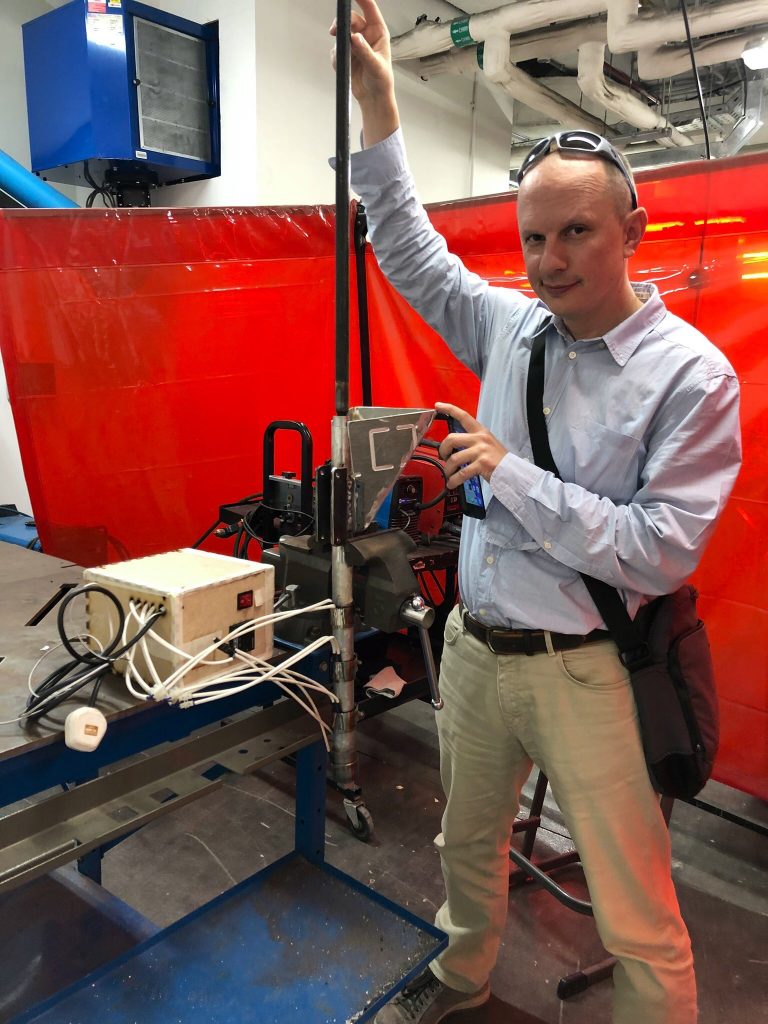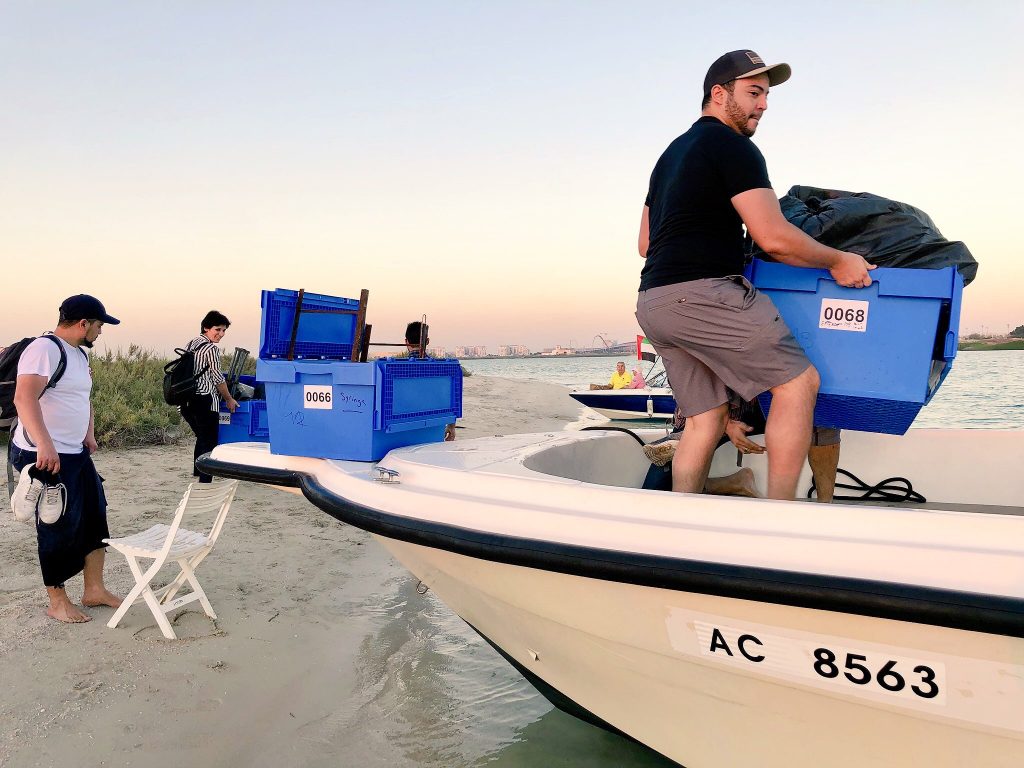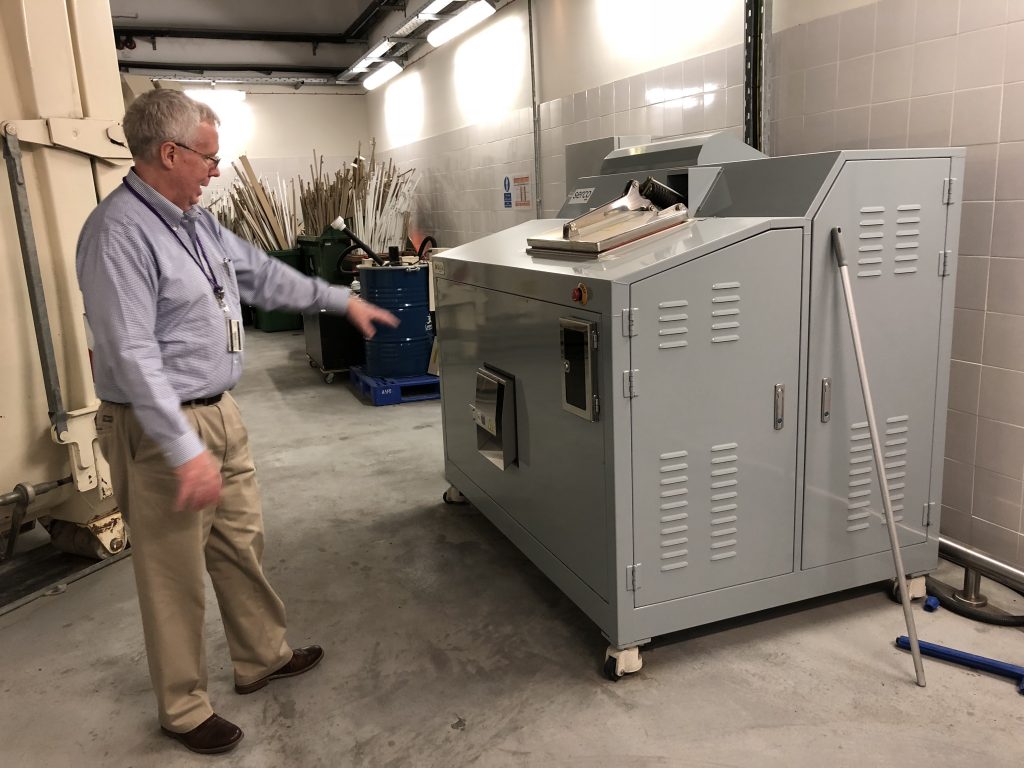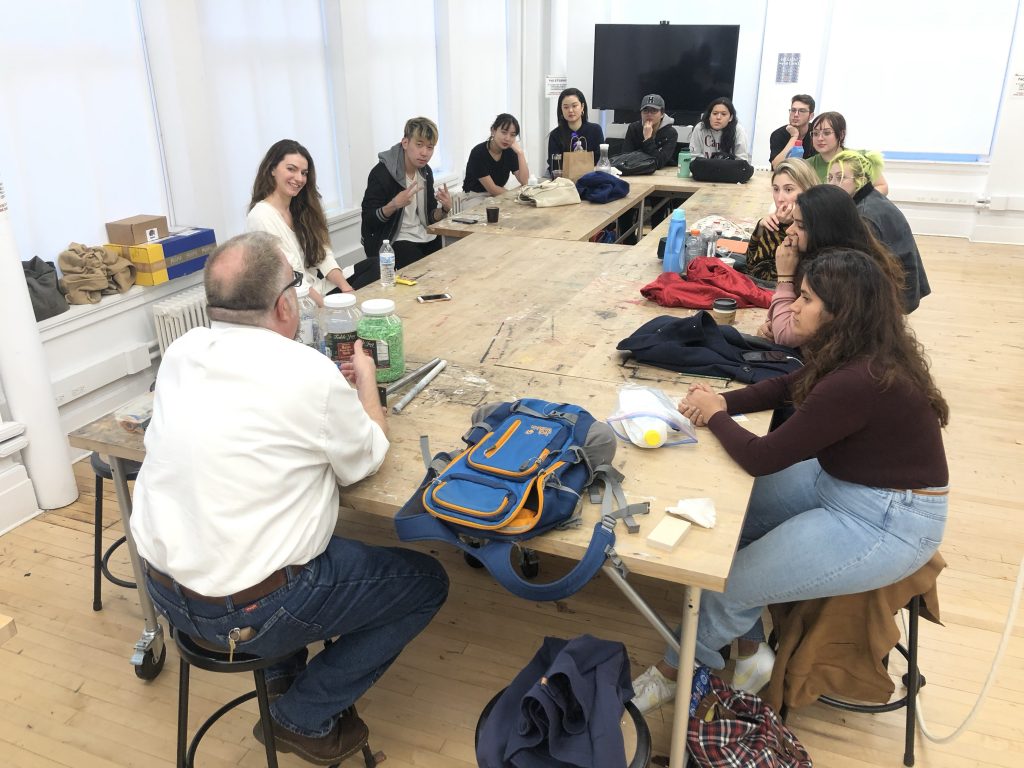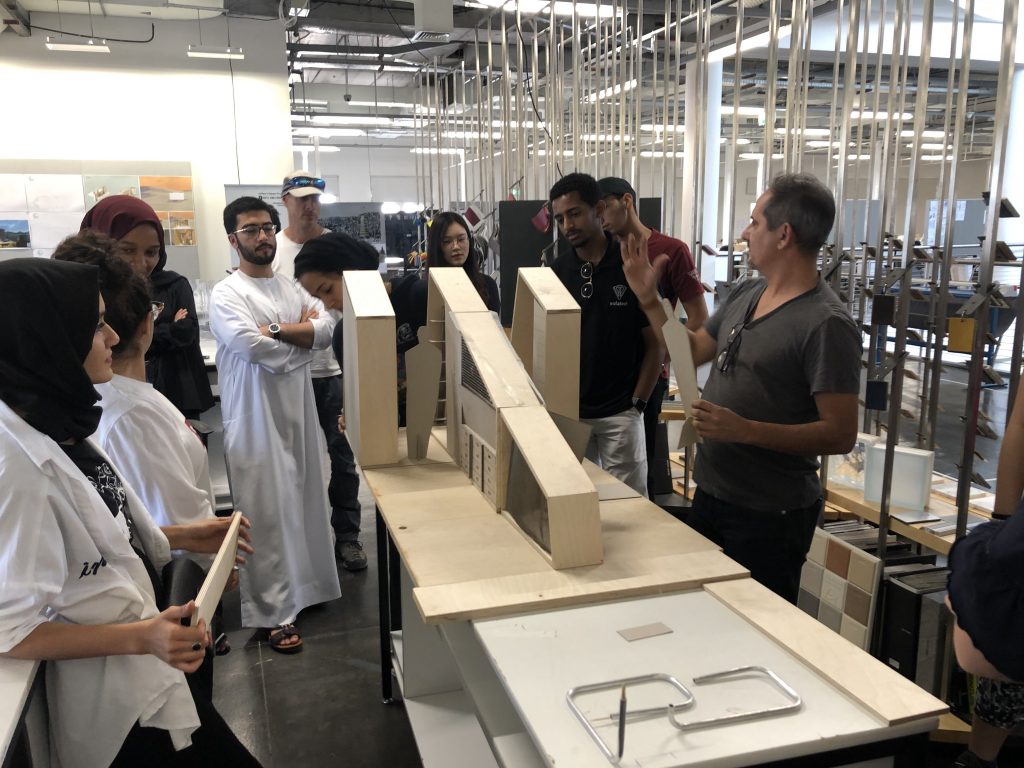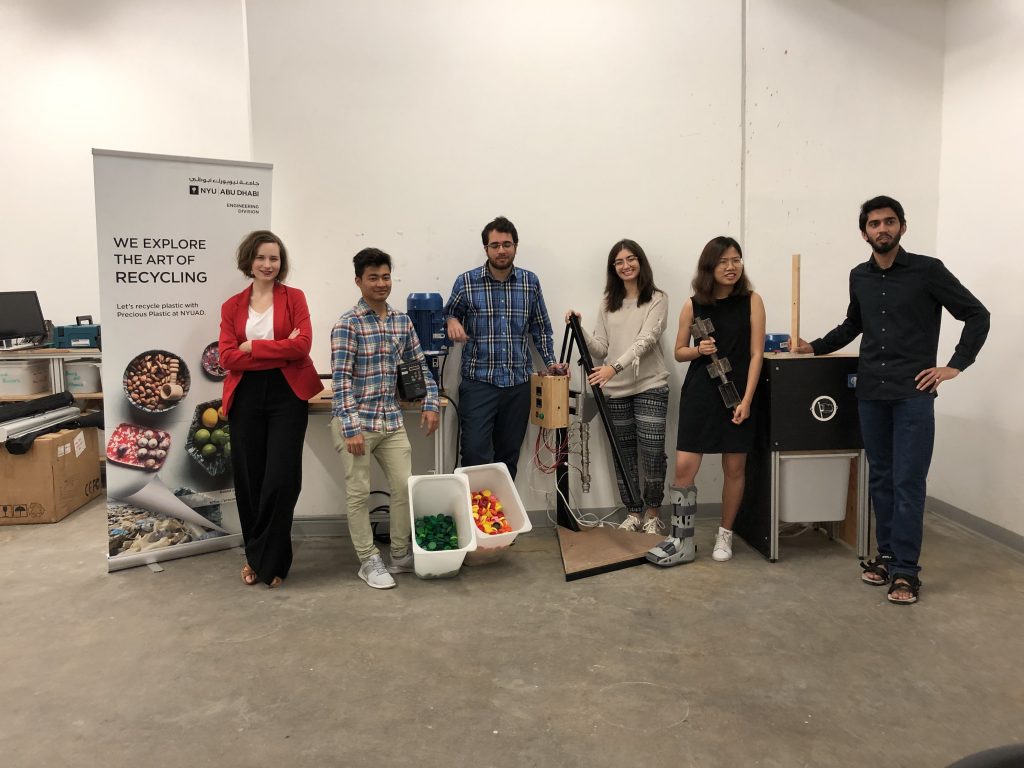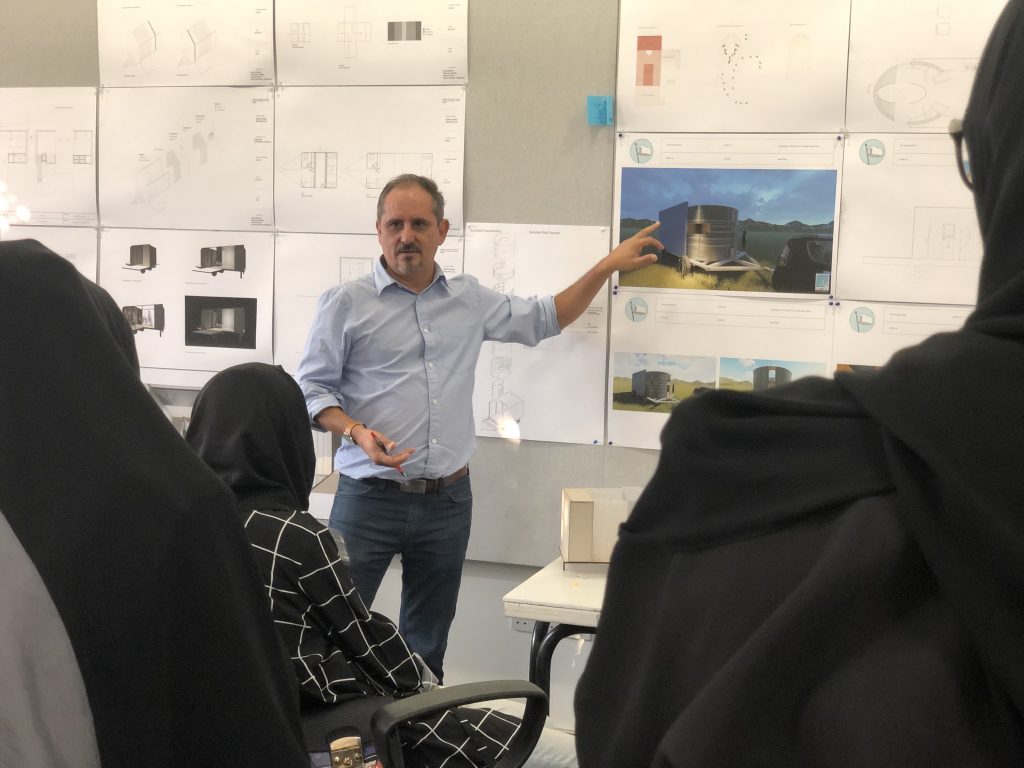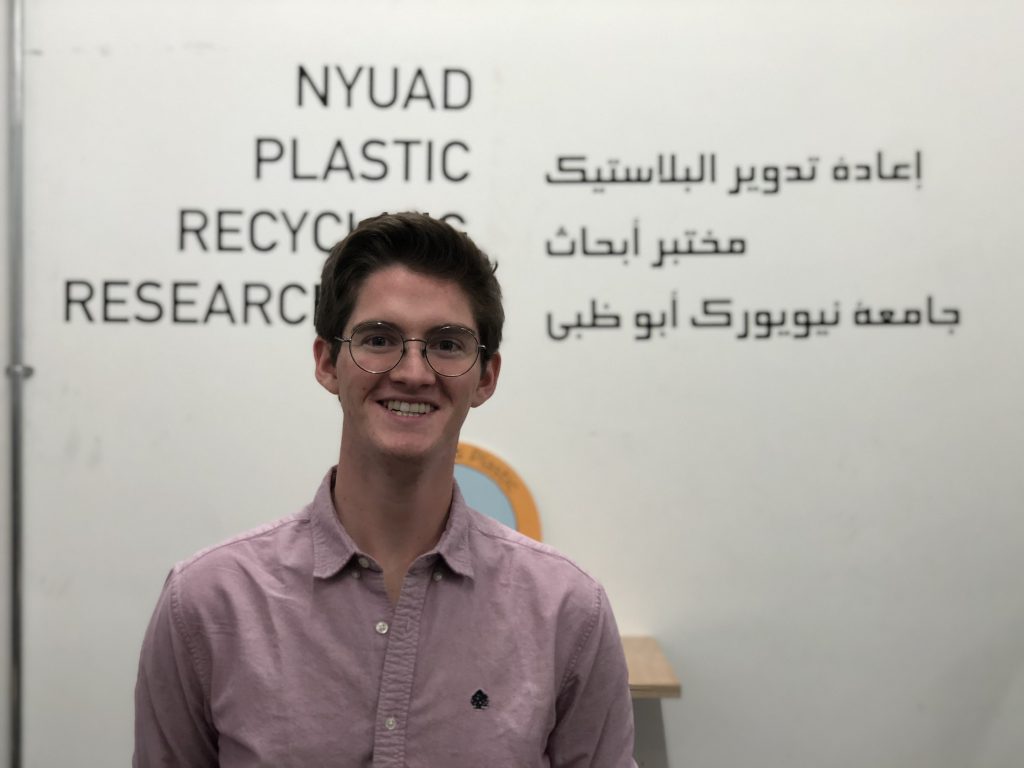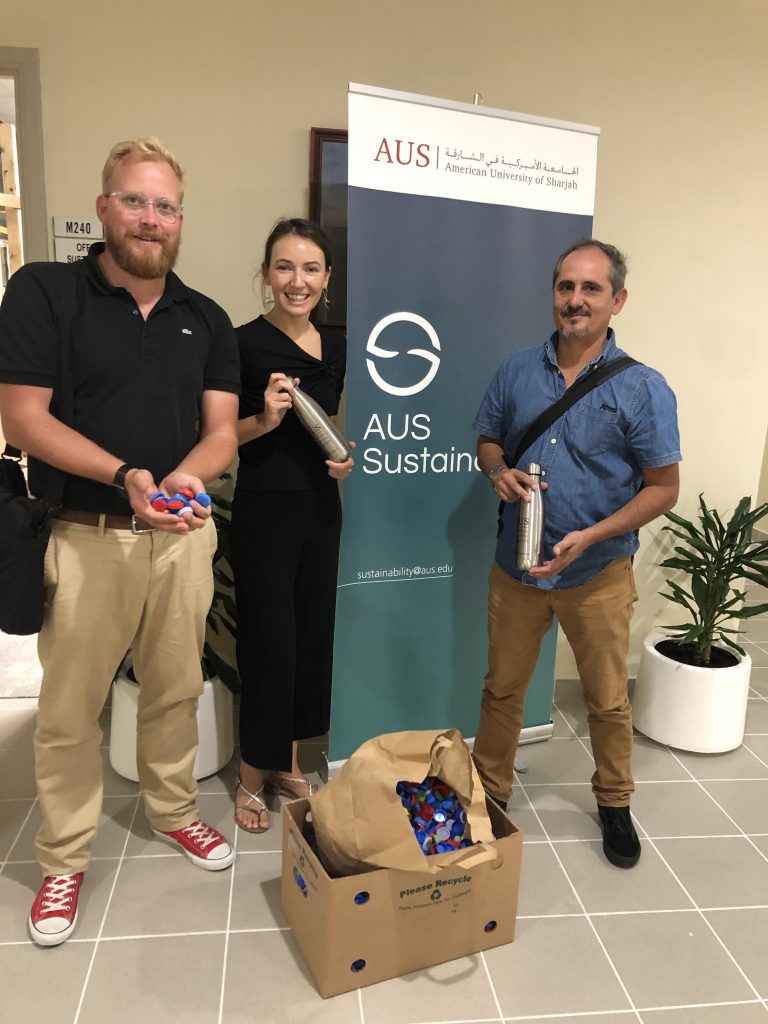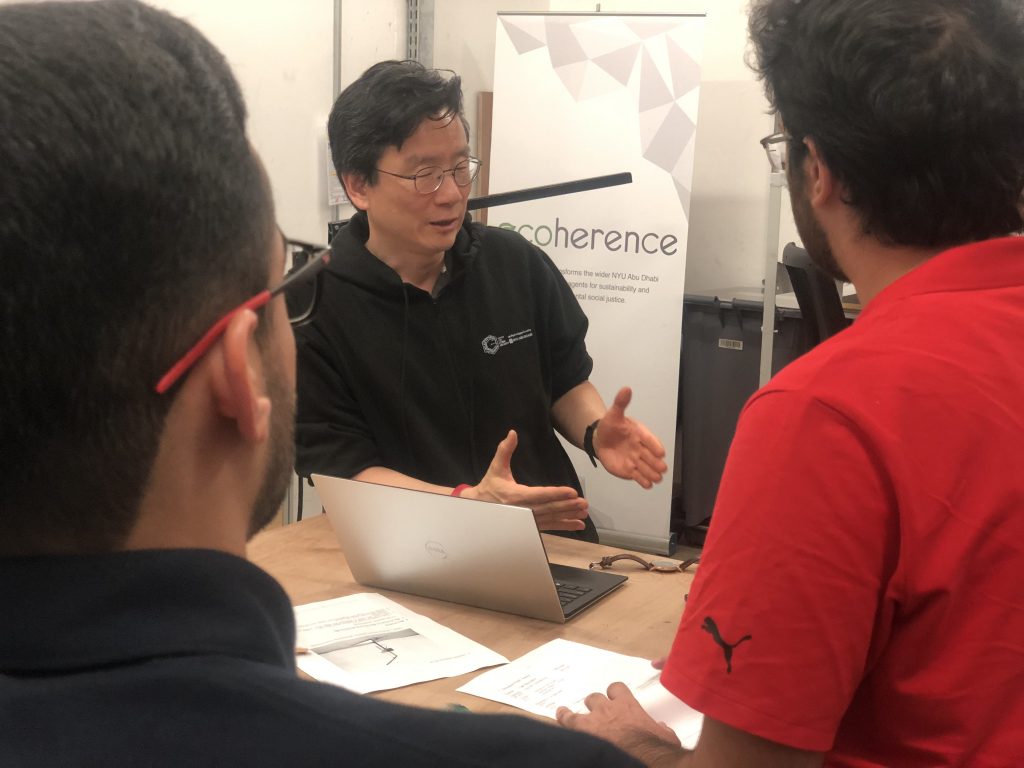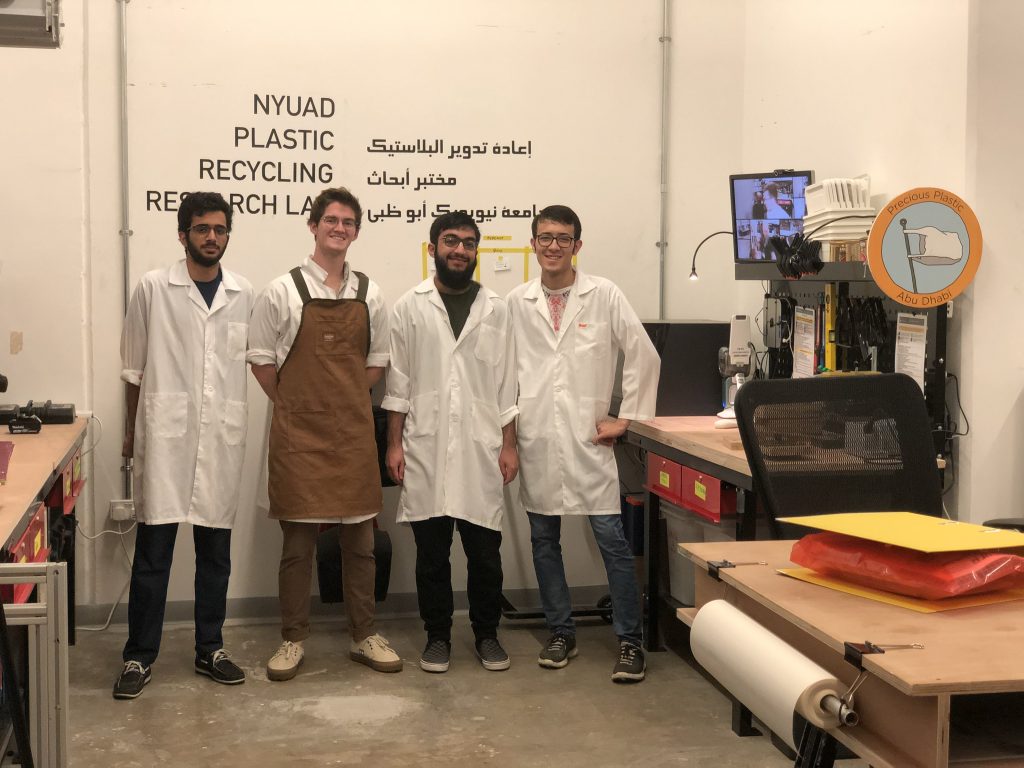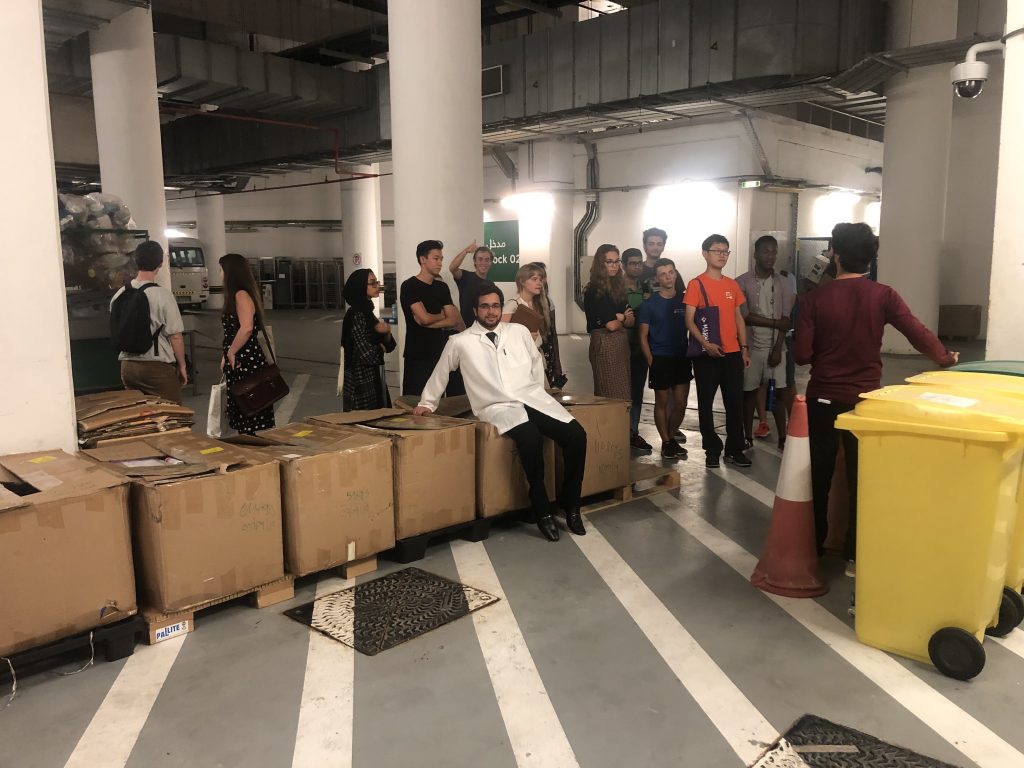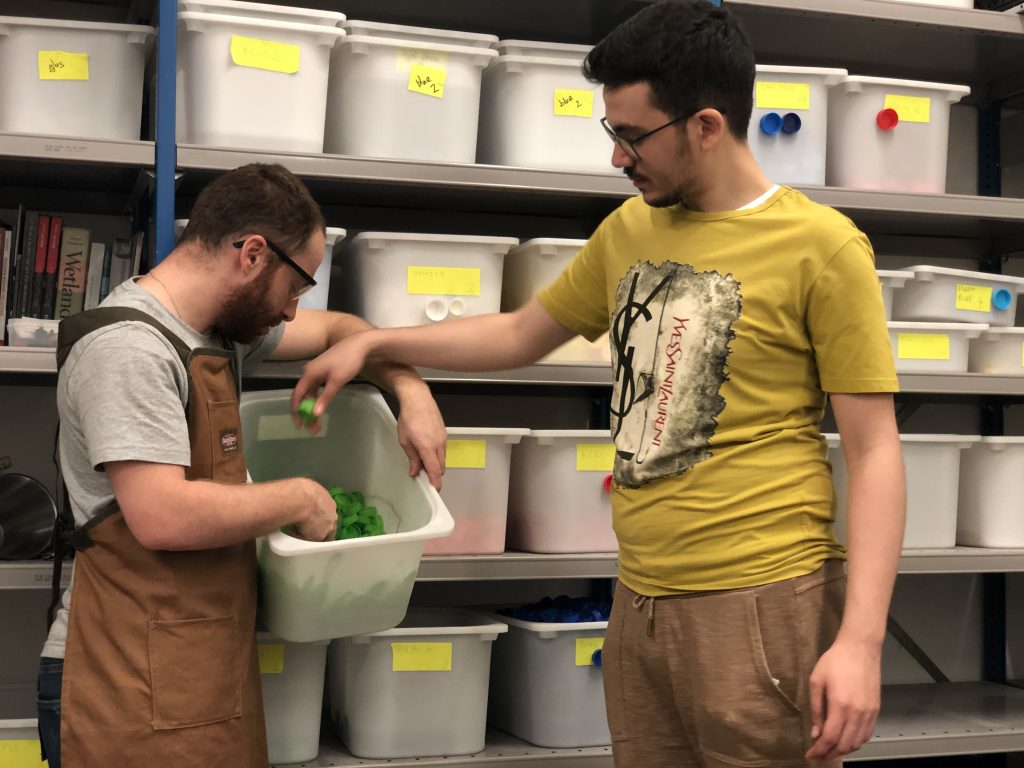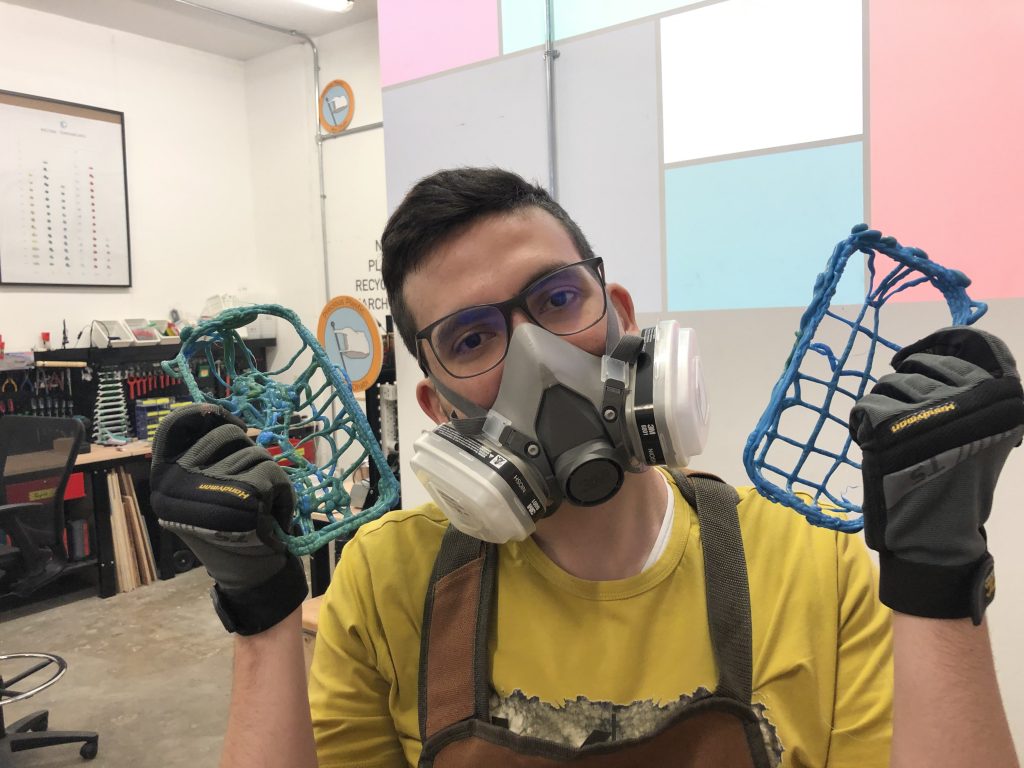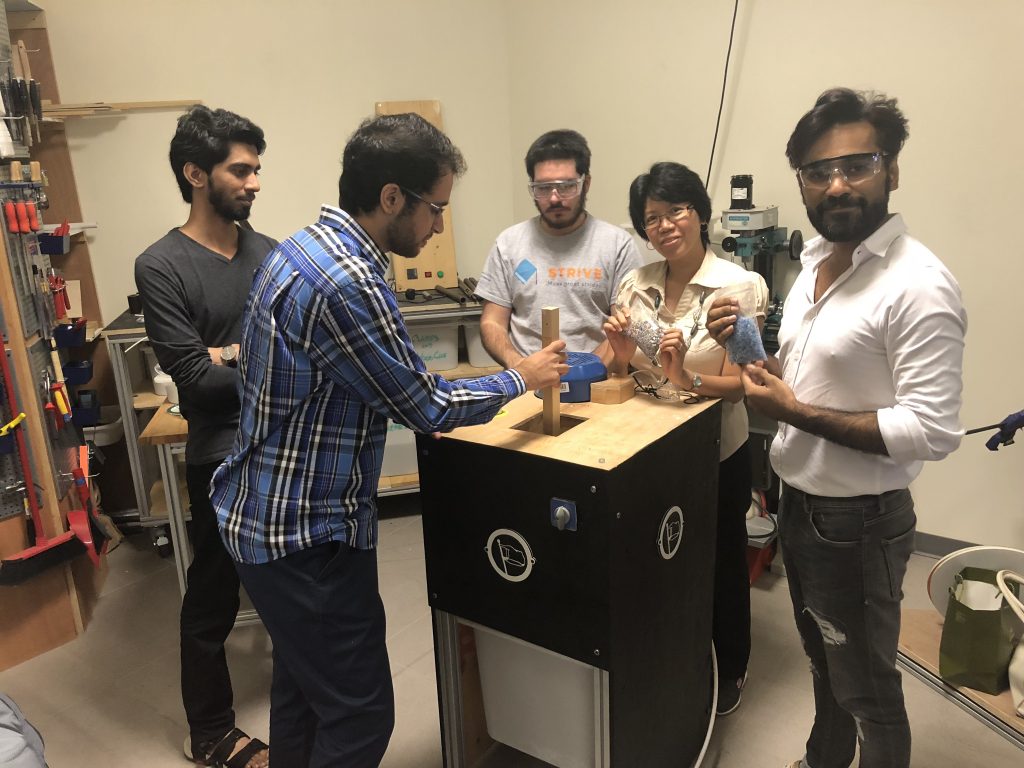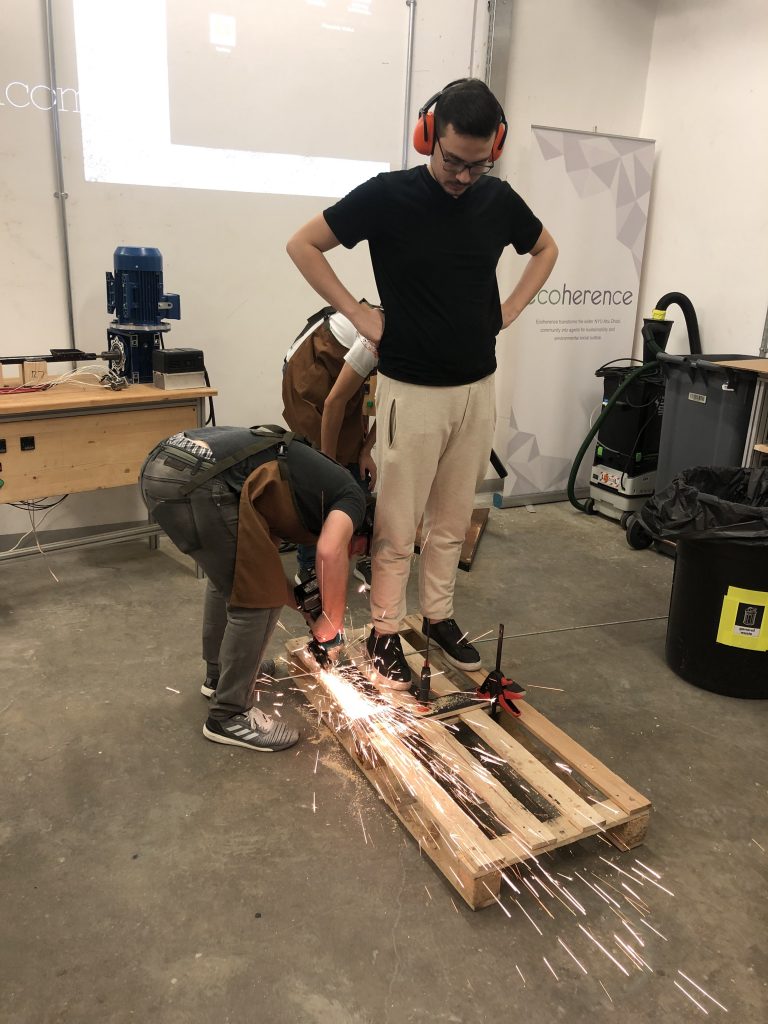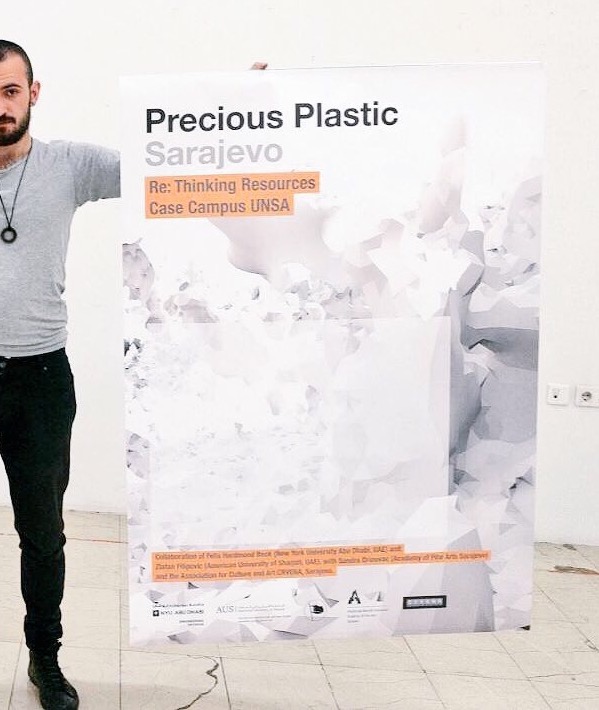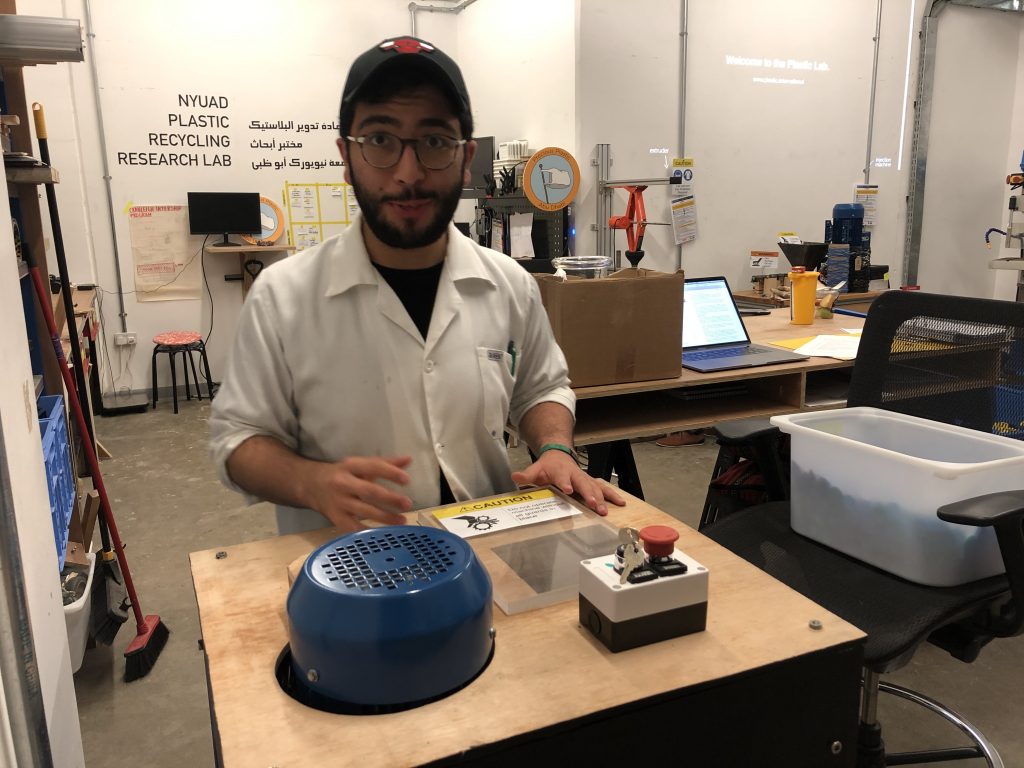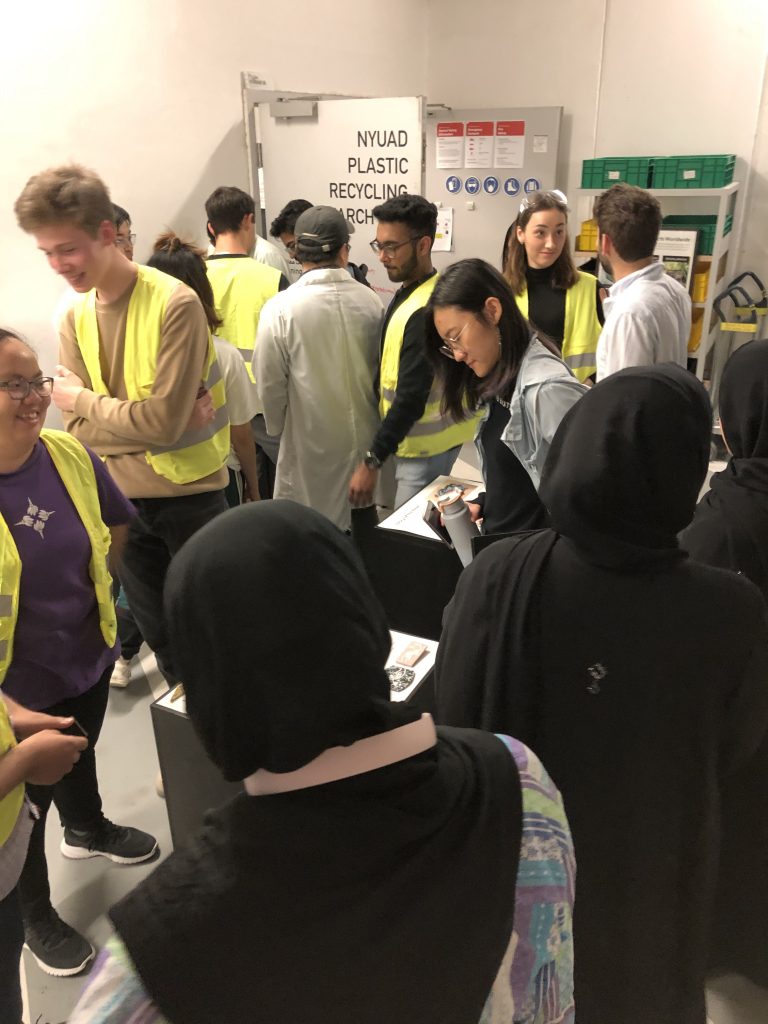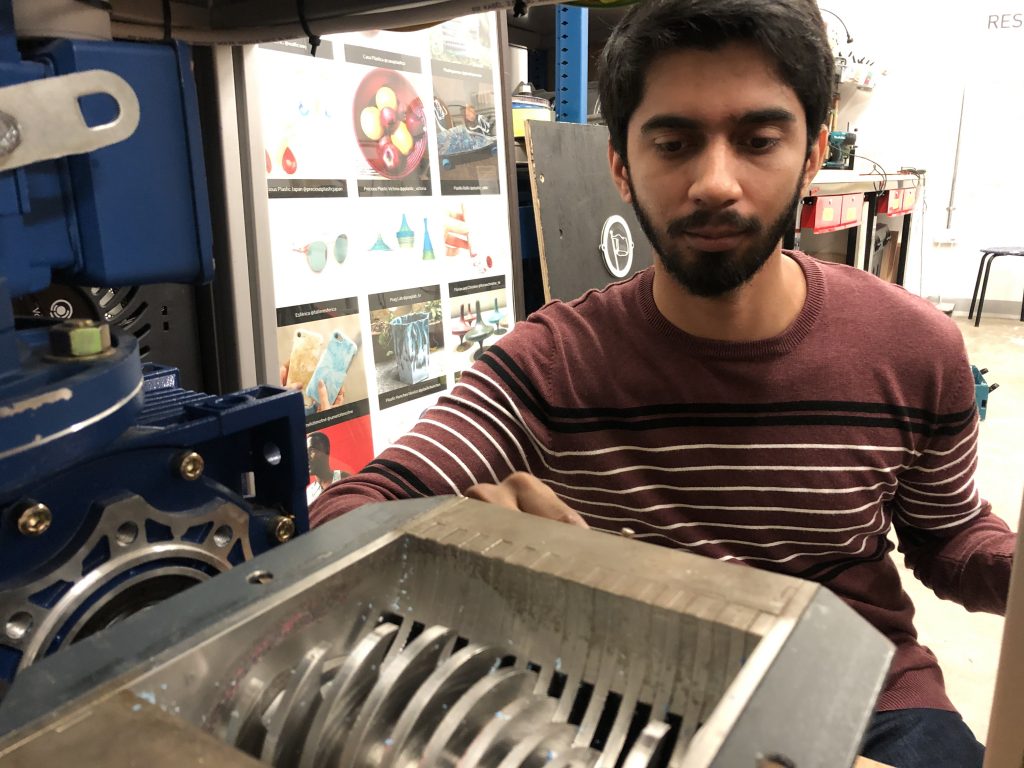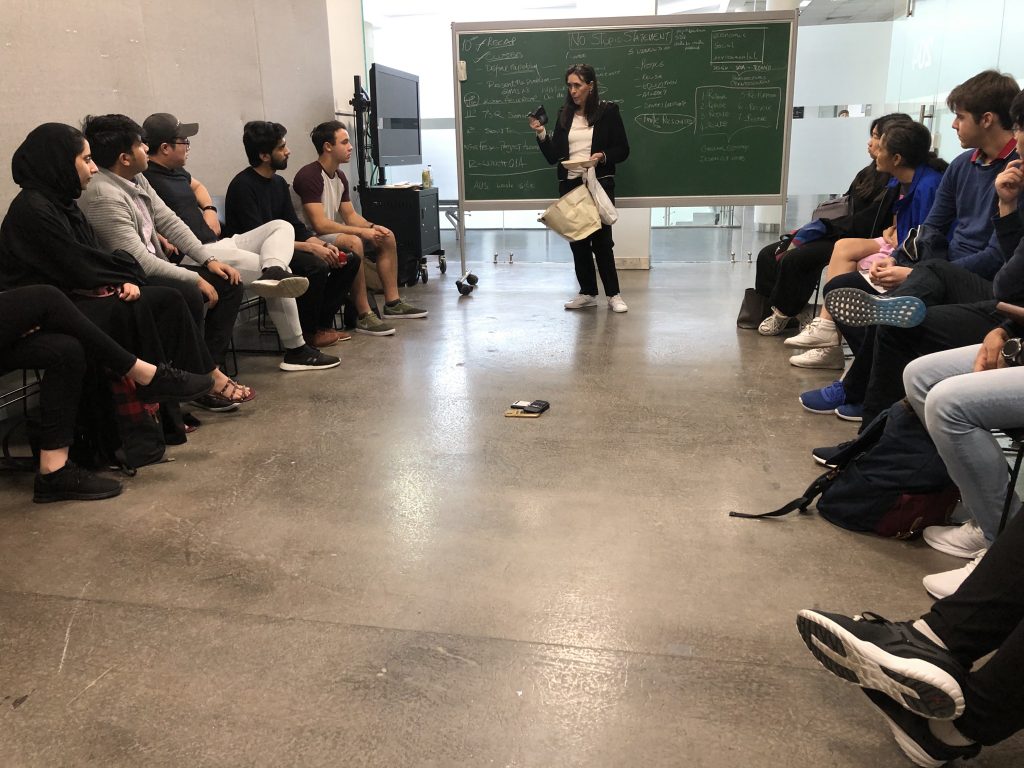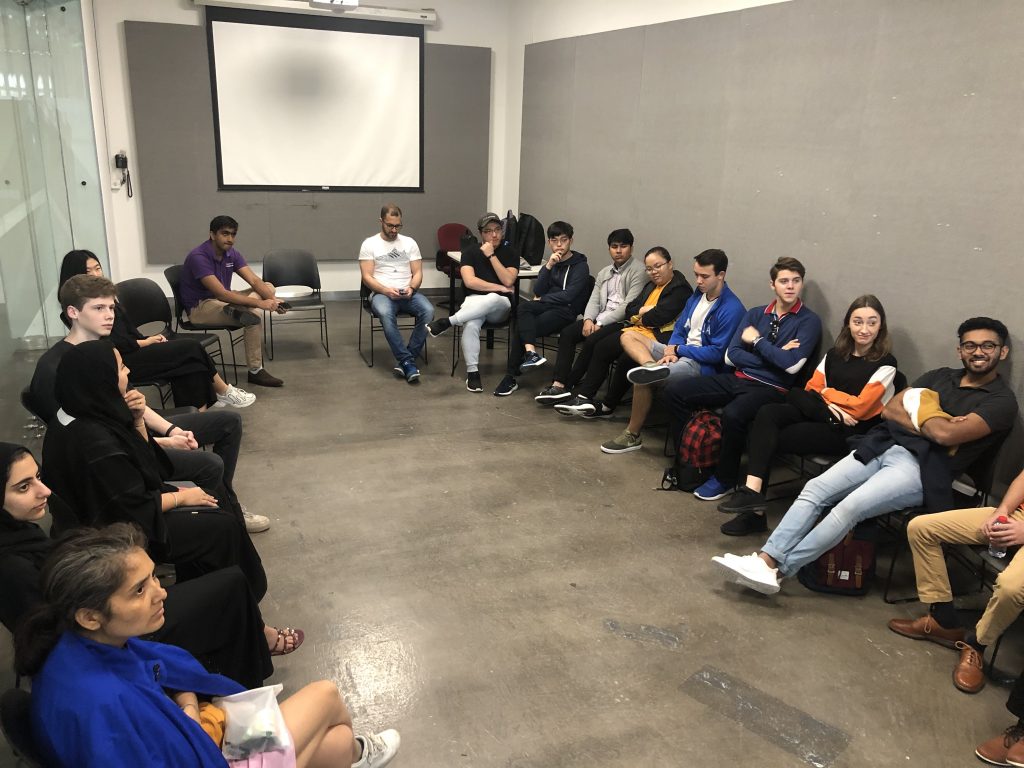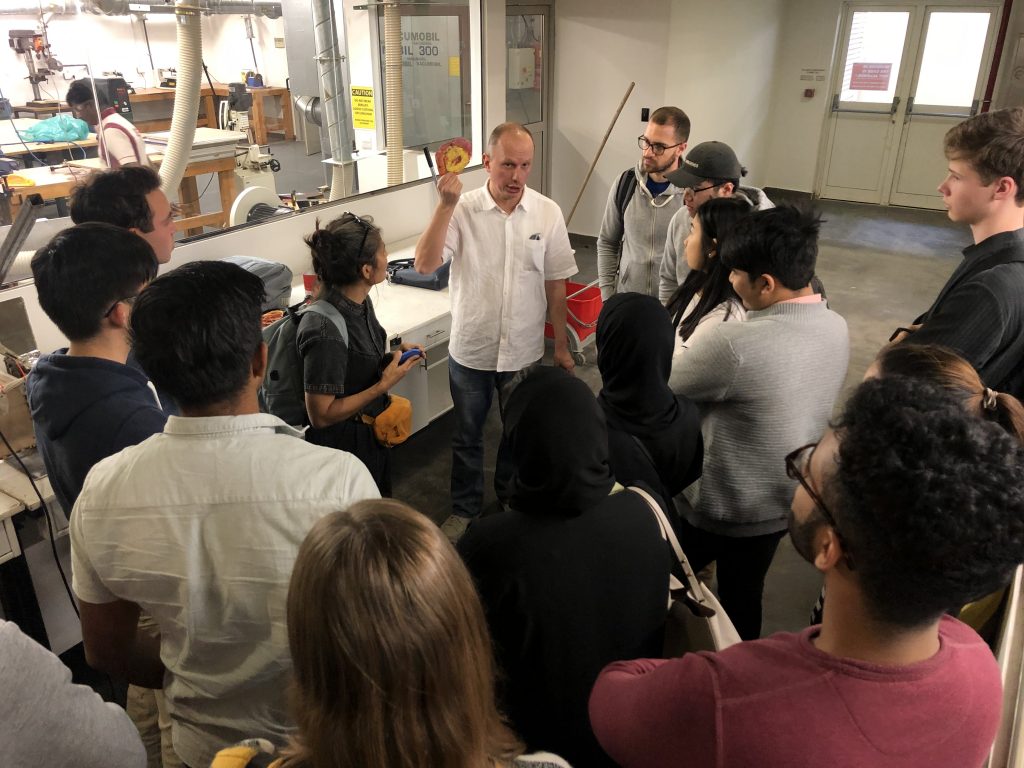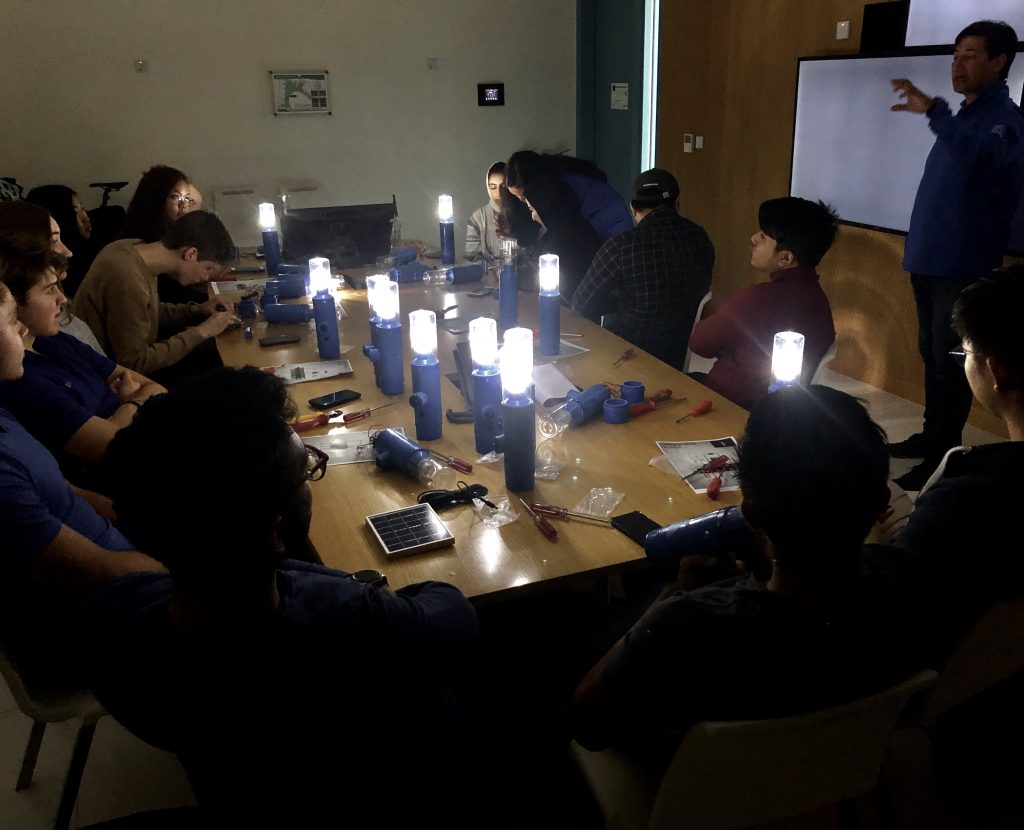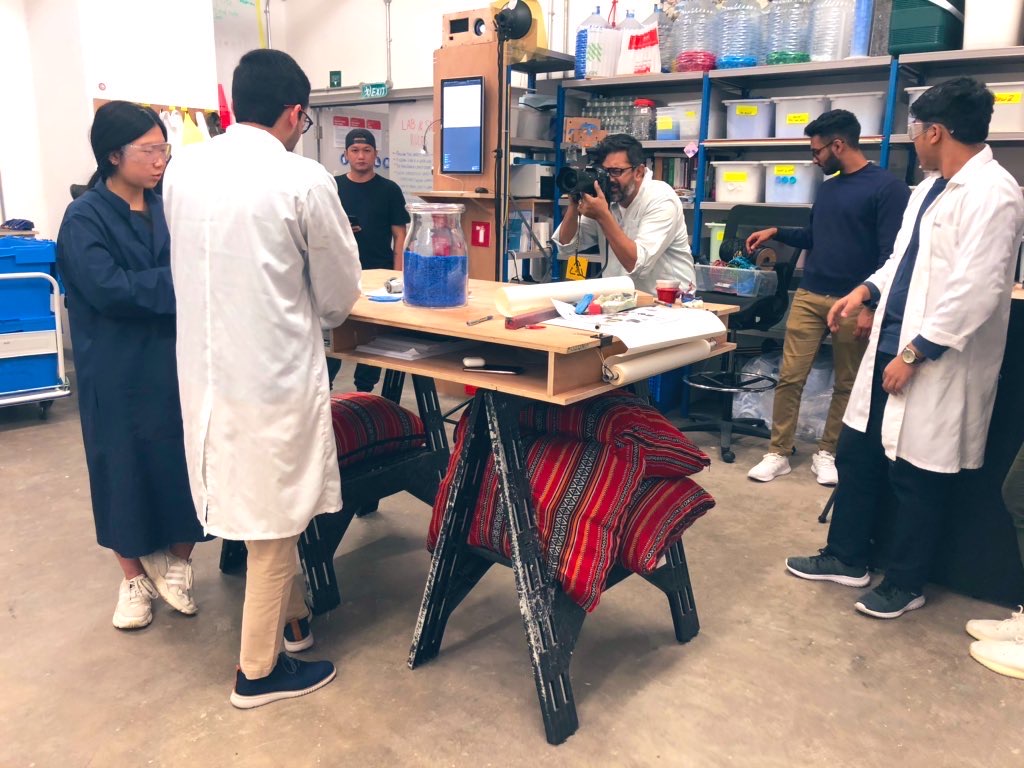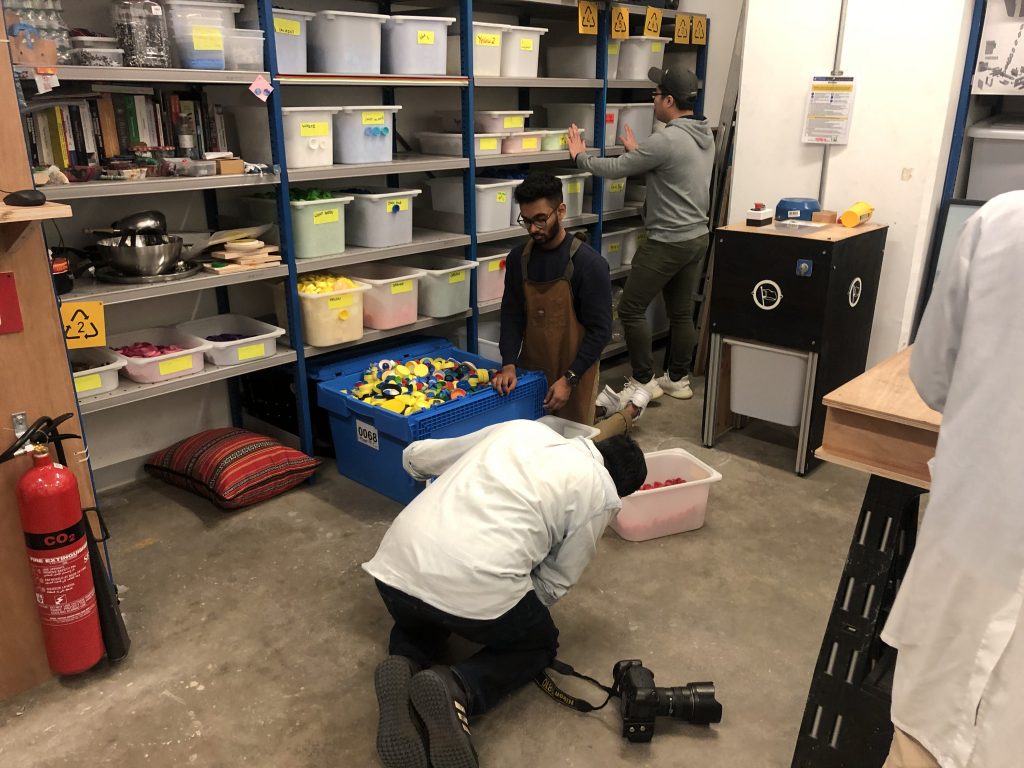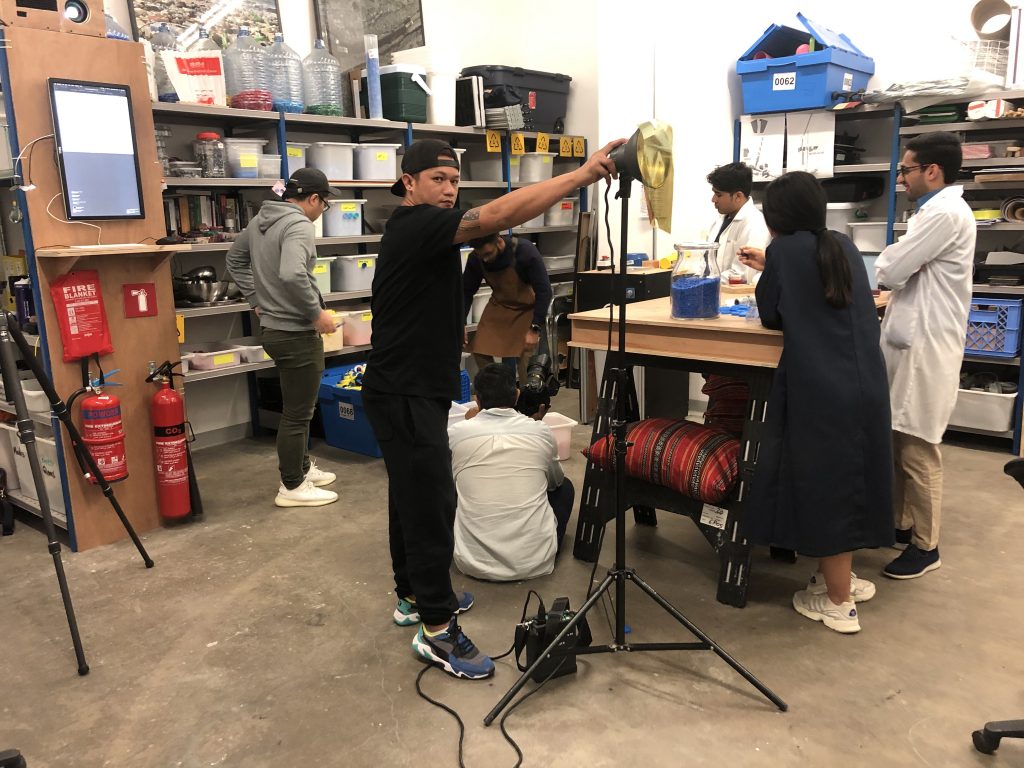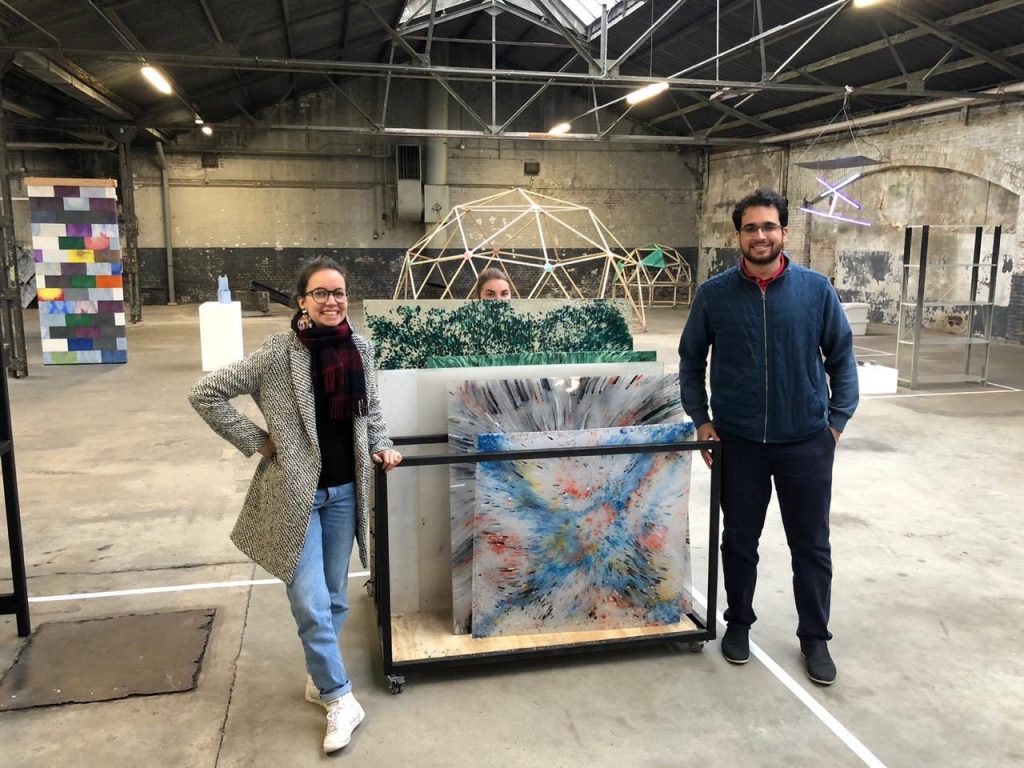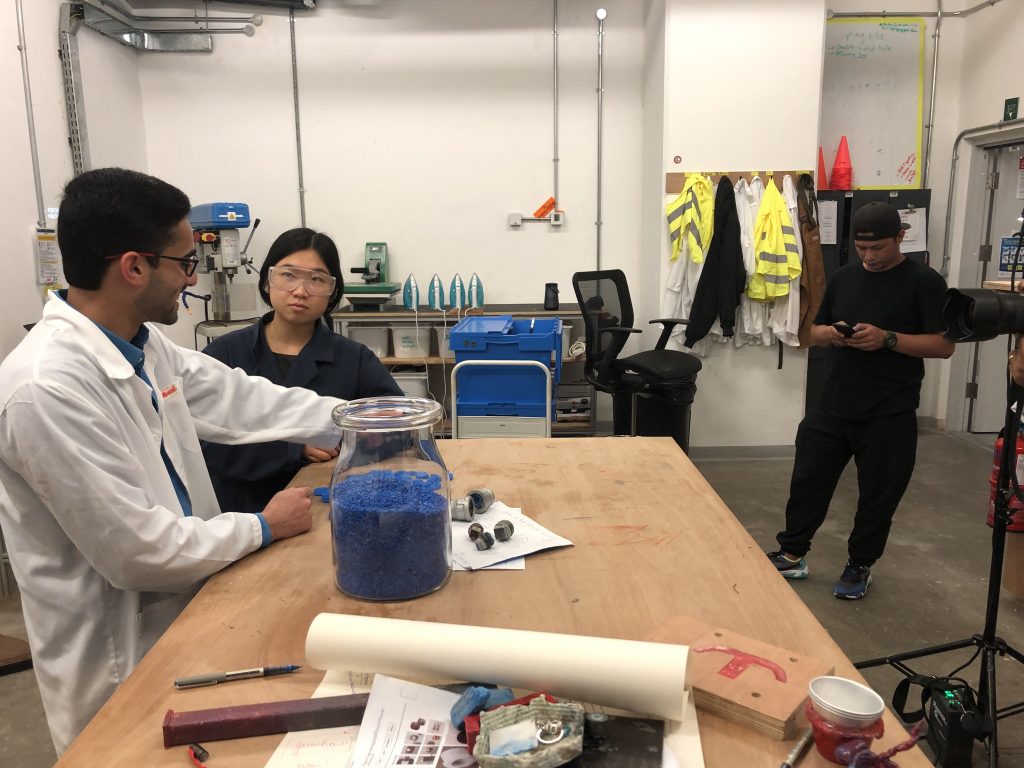Please note that this website is being maintained by Prof. Felix Beck to preserve and document the work of the team of researchers that were involved in NYUAD’s Plastic Lab from 2018–2021. Even if the lab continues to exist, there will be no new projects featured on this website. For further information about the recent work of the Plastic Lab reach out to Khulood Alawadi.
heat compression machine
Covid is here and we don’t have so much access to campus facilities. However, this summer the plastic lab is open to students taking the Plastic Fantastic!? course.
I’m teaching from Shanghai, so I’m trying to show some possibilities on the use of the heat press machine. Here is a video on how to create some flat texture like this:
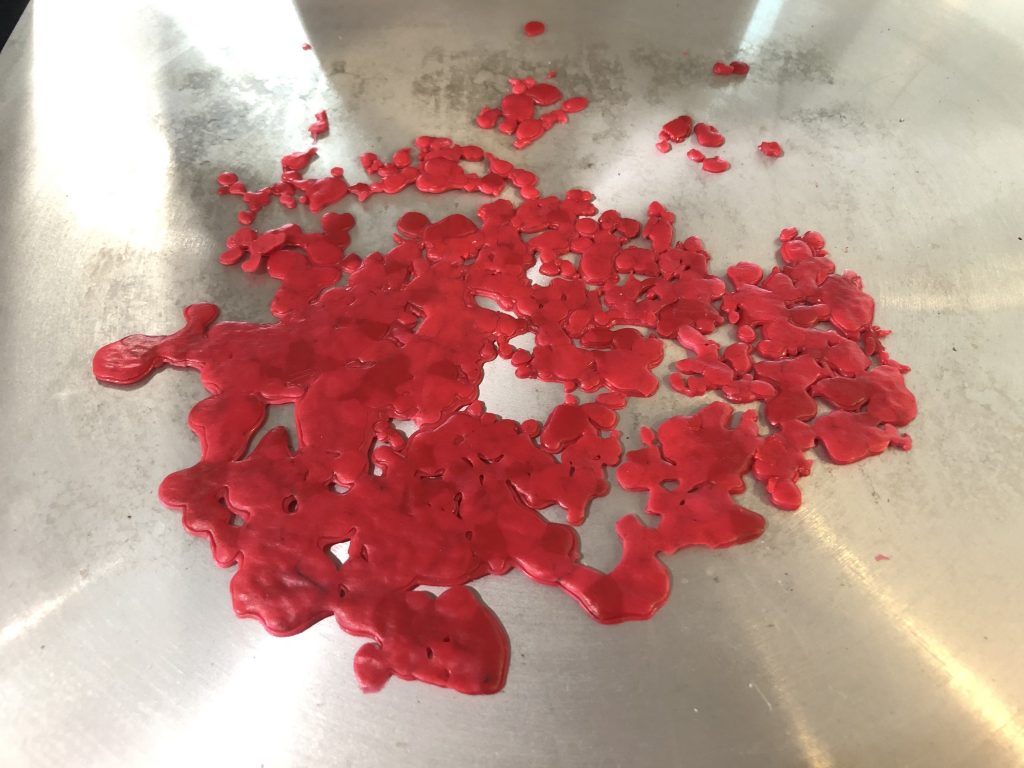
A previous post with information about this machine can be found here:
http://plastic.ntsi.info/2019/09/23/findings-of-hdpe-plastics-in-heat-compression-machine/
Plastic Injection Machine: How to Implement our Software Architecture

Muhammad Rafay Ashfaq (Electrical Engineering) and the team working on their Capstone project.
1. Introduction
For our capstone project, my colleagues and I worked on improving an existing Plastic Injection Molding Machine from an electrical and mechanical engineering standpoint. Maintaining the machine’s overall vertical layout, an improvement in its usability and performance was required. To improve its user friendliness, The new design includes wall mounting capability with position height control, electric screw jack to provide a force up to 1000N, PID band-heater temperature controllers and a touch interface to operate these systems. Unfortunately due to COVID-19 restrictions, we were unable to implement the screw-jack feature but you will find it in the schematics and it is an important part of the overall design.
This blog post will provide you with instructions on how to set up your very own injection machine electrical architecture based on our redesign and give you an understanding of how the different components come together to operate as one.

3D model of the designed injection machine. Continue reading “Plastic Injection Machine: How to Implement our Software Architecture”
Design of a plastic injection machine – Engineering Capstone project 2020
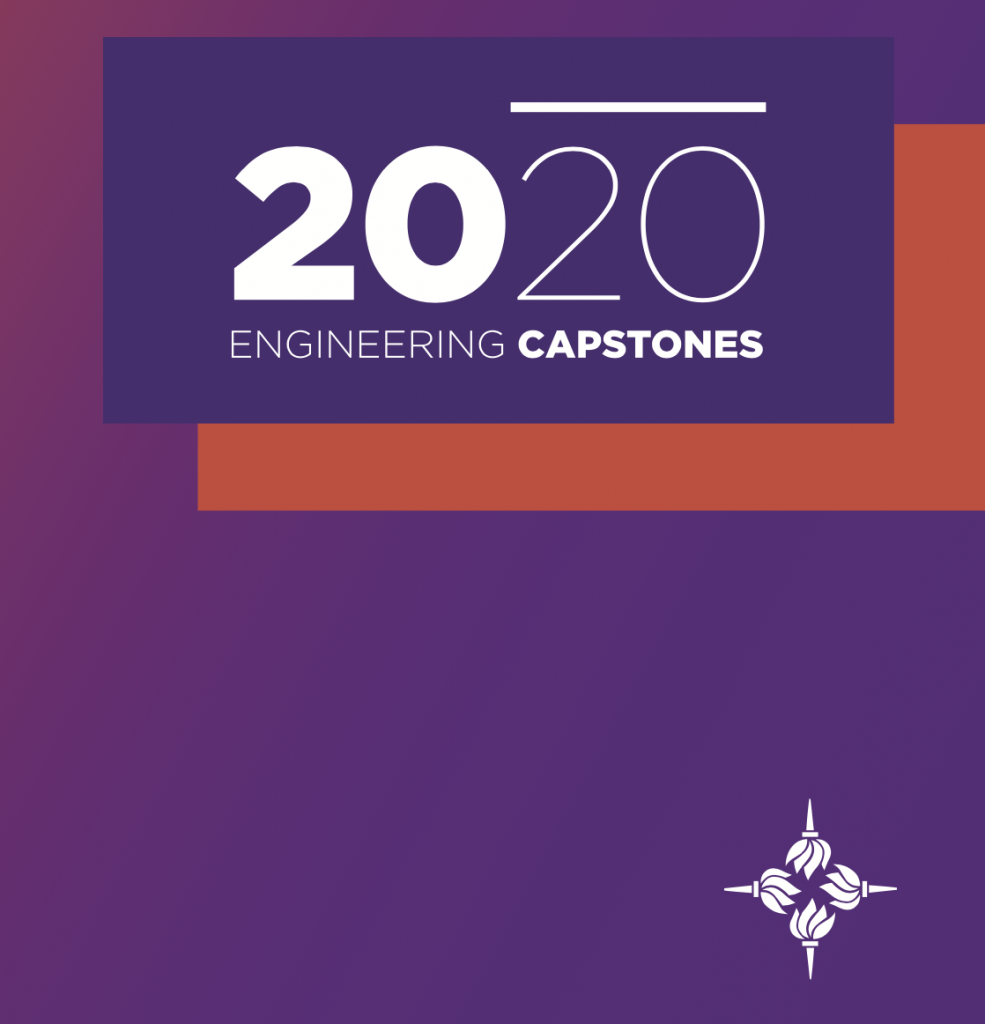
The three engineering students Kazi Owais Ahmed (Mechanical Engineering), Muhammad Rafay Ashfaq (Electrical Engineering) and Hamza Haider (Electrical Engineering) worked on their new design for a plastic injection machine.

The goal of the group project was to further develop the mechanical and electrical engineering aspects of the Precious Plastic injection machine V02 which enables users to manually inject melted plastic into a mold to create plastic objects. For this capstone project, the group implemented features like a touch screen with integrated user interface to access and control the movement of an integrated electric screw jack. This system enables the user to operate a piston handsfree. A new heating system was successfully designed and implemented. The blueprints and schematics will be published on this website – stay tuned!
Thank you!
Introduction to the Plastic Lab (360 video)
How to use the Plastic Lab’s Extruder
In this first Plastic Lab Podcast episode, NYUAD Student Research Assistant Emma Olivia Anderson explains how to use the Plastic Lab’s Extrusion Machine.
Visiting Undergraduate Research Program
We are happy to announce that the Plastic Lab was able to secure the funding for the position of a Visiting Student Research Assistant for summer 2020!
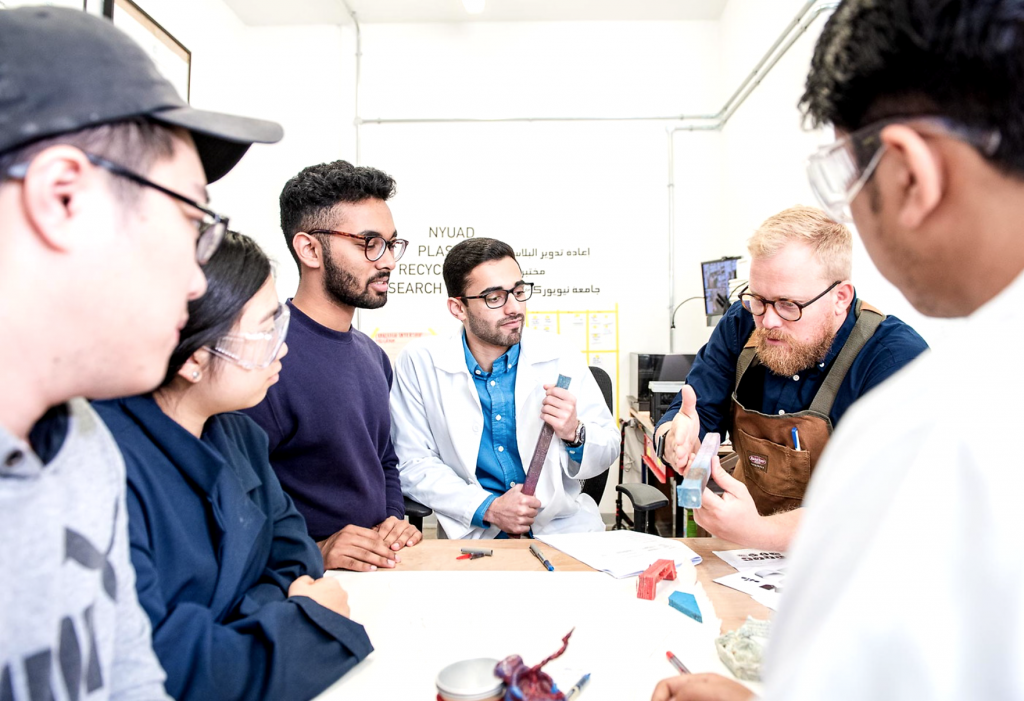
The goal of this summer research project is to deeply dive into the pathways of plastic and plastic waste throughout the UAE and to map those into an understandable flow-chart diagram. The result will help to analyze the streams of waste, from for example personal or industrial cause to recycling plants or landfills, and to understand the related processes. A second responsibility of the summer researcher is the development of a workflow for the use of the newly installed plastic extruding machine, and to integrate the machine into the weekly procedures of the lab’s Student Research Assistants. The goal is to create a flow-chart diagram for the process of creating plastic beams and parts that can be used to make furniture.
The deadline for applications is March 30. Please email nyuad.undergraduateresearch@nyu.edu with any questions.
Findings of HDPE Plastics in Heat Compression Machine
Using the heat compression machine, we are able to make rather elementary shapes, like hexagons. This is probably the most common Precious Plastics first project because of its relative simplicity. However, we have been testing it out with different colors, brands, and plastic types. Outlined below we have our process, findings, and future avenues of inquiry.
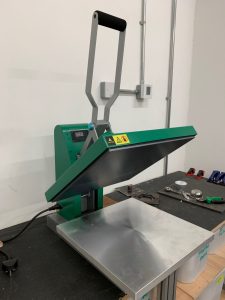
(Our heat compression machine)
Our process:
- Place paper sheet below (for preventive measures)
- Place solid metal plate (filled fully)
- Stack another solid metal hexagon mold plate
- Add 115 ml of whichever color, number 2 plastic (HDPE) into the mold
- Place paper sheet on top
- At 275 ºC for 15 minutes, heat the mold
- At the end, take the molds out, place another solid metal plate on top (this prevents the piece from puffing out, as it usually does), and let cool for 10 minutes
- Flip the molds (they will most likely not be full at the edges, like the photo below), so fill the edges with about 30 ml of the same color of HDPE
- Place back into the heating machine for another 7.5 minutes (remember to place a paper sheet on top of it!)
- Take it out and place the metal sheet on top of it to prevent puffing, waiting about another 10 minutes
- Paper will most likely stick to it, but you can take it off with water
Our results:
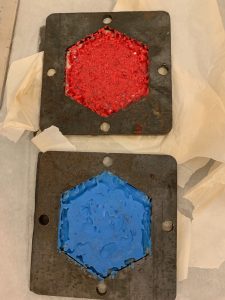
(Before adding the 30 ml of extra plastic)

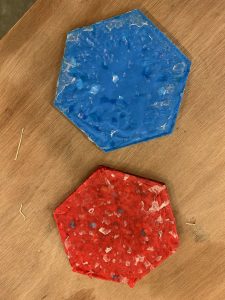
(The final result. Notice that the one on the left has a more even color distribution as compared to the other side, pictured on the left)
Current findings:
Surprisingly, different colors react differently. This may be because our blue shredded plastic material was mainly comprised of blue Al Ain bottle caps while the red was a conglomerate of different brands. This, we will have to explore in future tests, when considering brands and purity of the plastic used, since some brands may have different manufacturing processes.
Additionally, the top side (before being flipped) tends to not melt evenly; instead, it maintains its speckled design, perhaps making it more interesting than its other side where it more evenly distributes after the second heating. We need to experiment more with these, especially when considering color fusion in future designs.
Finally the use of paper on top of the plastic while it heats seems to add a wavy texture to the melted plastic, most likely due to its expansion during heating and retraction during cooling. Manipulation of the quality of these plastics could lead to more interesting textures in the design of such simplistic shapes.
Future avenues of inquiry:
While there are many different aspects we still have yet to explore, we need to test the characteristics of the plastic within different colors, even becoming more specific to brands, to see if that makes a difference. Beyond this, we would like to explore how color mixing would change the process. Additionally, we need to see how heating the bottom plate (because the bottom plate is not also heated) would affect the overall distibution of color, rather than maintaining a speckled design.
New course ‘Plastic Fantastic !?’ offered during J-Term
What would a world without plastic look like? How does the world look because of it? The newly offered course Plastic Fantastic !? looks critically at plastic’s ubiquity in global consumer cultures. (Find the course syllabus here.) Students will consider plastic’s predecessors and contemporary alternatives and engage with a range of topics, from the environmental politics of plastic debris in oceans, to the ethics and values of plastic surgery, to the proliferation of cheap plastic toys and fashion trends. Based on these discussions, and inspired by the original meaning of the Greek term plastikos (to grow, to form), the class will develop and create a product using recycled plastic waste in NYUAD’s Plastic Recycling Research Lab. In addition to the completed project, to be displayed in an exhibition at the January Term’s end, students will leave with a personal philosophy of Art, Design, and Technology as well as a sense of how mutually reinforcing and beneficiary a mix of these fields can be for future problem solving. Mandatory field-trips include visits to relevant industries (water, oil, waste, etc.), natural reserves, and landfill sites in the UAE and the Philippines (Manila).
